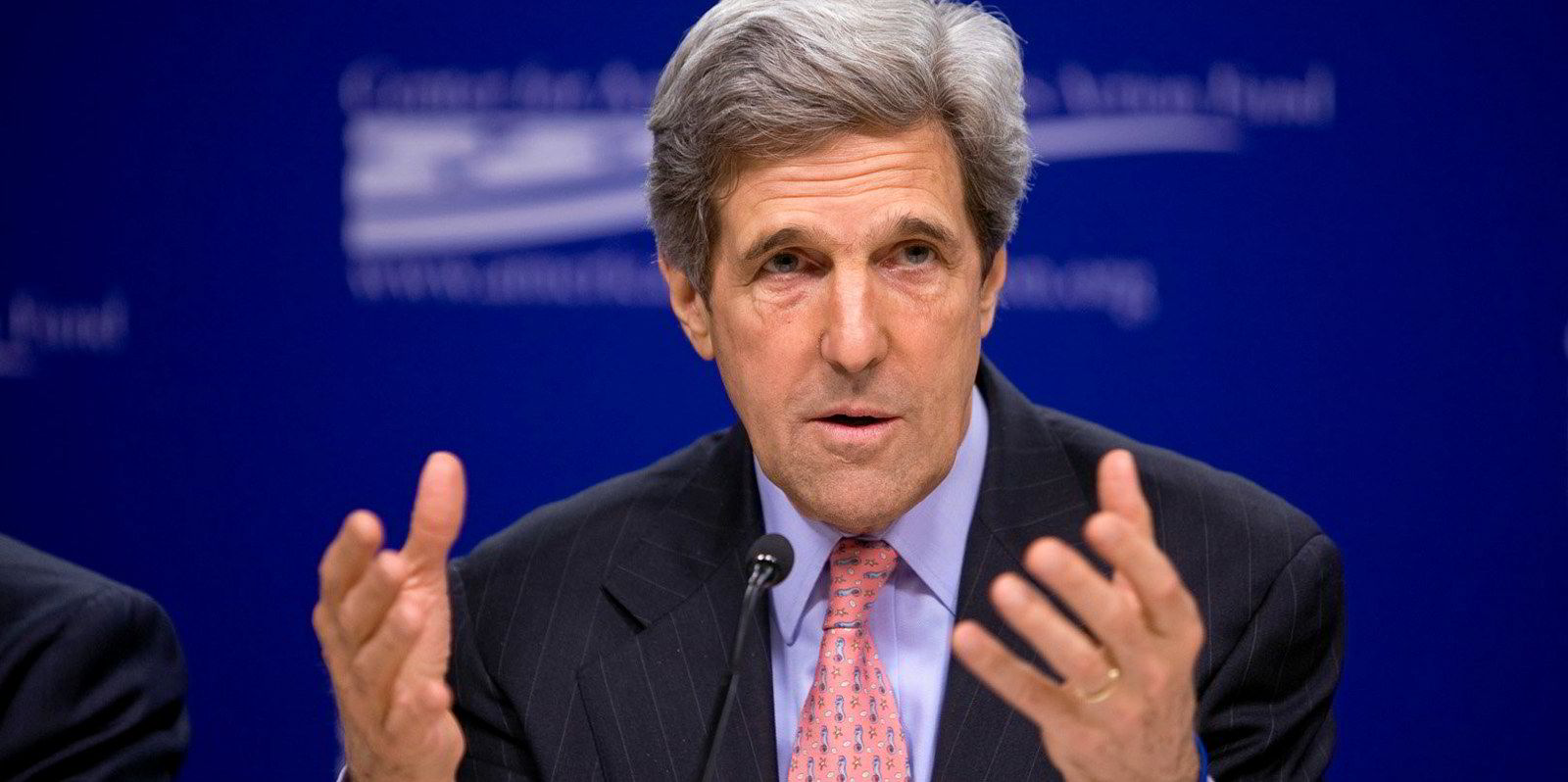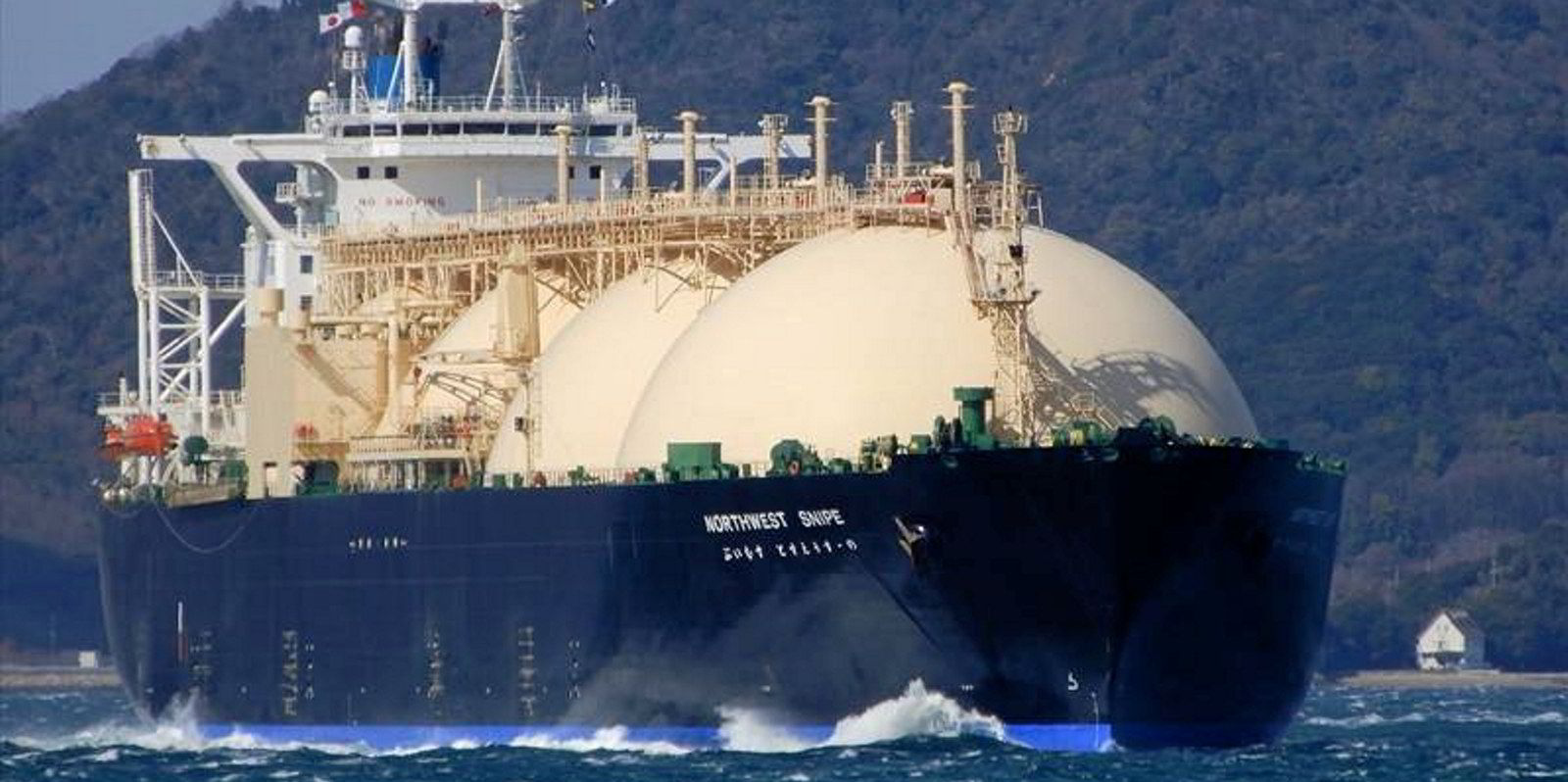The International Maritime Organisation (IMO) has agreed operational efficiency targets for existing ships under its controversial Carbon Intensity Indicator (CII) regulation.
From 2023 on ships will have to achieve a carbon intensity reduction rate of 2% below a 2019 reference line, the IMO said.
The target was agreed at the Intersessional Working Group on Reduction of Green House Gass Emissions from Ships and will run until a review in 2026.
Based on the target, ships will be rated A to E. Ships rated D or E for three consecutive years will be forced to take corrective action.
The targets are set to be approved at the upcoming Marine Environment Protection Committee (MEPC) meeting in June.
The targets have been set to achieve the IMO’s goal of reducing the carbon intensity of shipping by 40% by 2030.
However, green groups said the measures don't go far enough. A statement from Seas at Risk, Pacific Environment and Ocean Conservancy said the IMO’s decision risks “failing to align the shipping industry with the Paris Climate Agreement or keep pace with exciting technological progress on decarbonisation in the shipping sector.”
The environmentalists said that the IMO’s decision would limit improvements to the carbon intensity of ships to just 11% by 2026 and would not be enough to stop shipping’s annual 1bn tonne greenhouse gas emissions rising to 2030.
The group said 27 countries, including the US, Pacific Island nations and European Union members, had refused to back the targets and will push for the IMO to adopt higher targets before the next MEPC.
TradeWinds recently reported how US special presidential envoy for climate John Kerry wants the IMO to target zero carbon emissions by 2050.
The environmentalists said: “This growing progressive bloc of nations will need to fight the low-ambition draft proposal between now and the IMO’s MEPC Committee meeting beginning June 10 and insist on emissions reduction aligned with the Paris Agreement’s 1.5C goal.”






